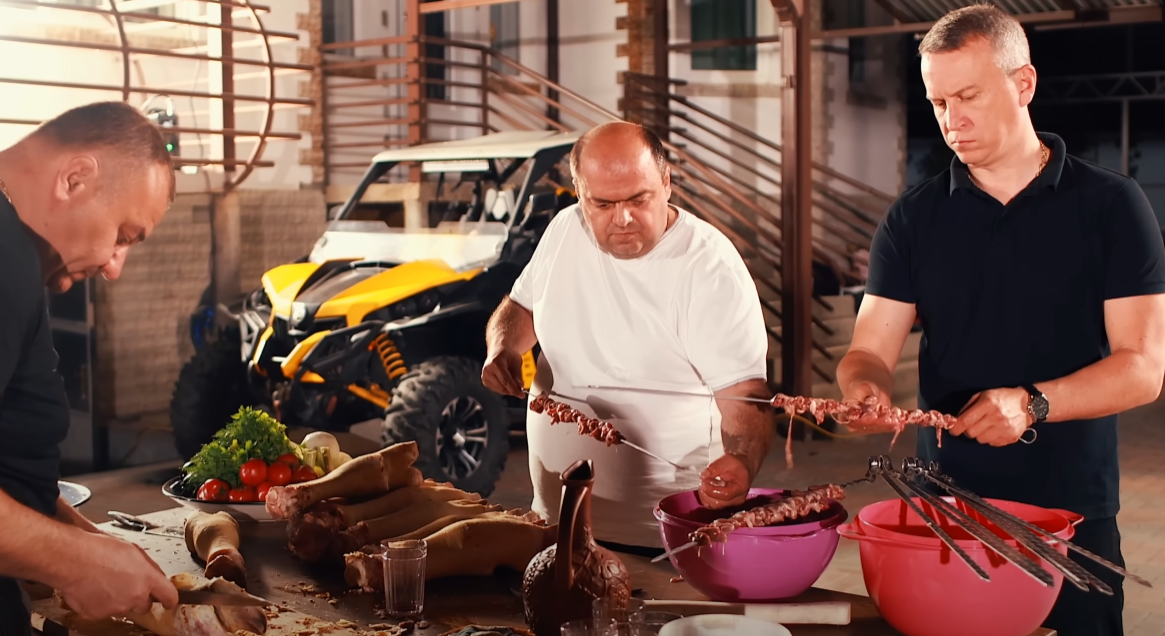
🧾 Ингредиенты / Ingredients
| Ингредиент (RU) | Ingredient (EN) | Кол-во / Amount |
|---|---|---|
| Говяжьи ножки (копыта) | Beef feet (trotters) | 2–3 шт. / pcs |
| Говяжий рубец (по желанию) | Beef tripe (optional) | 300–500 г / g |
| Вода | Water | 4–5 л / liters |
| Соль | Salt | по вкусу / to taste |
| Чеснок | Garlic | 1 головка / 1 head |
| Лаваш / чурек | Lavash / churek (flatbread) | к подаче / for serving |
| Водка (по традиции) | Vodka (traditional, optional) | по желанию / optional |
🔪 Подготовка / Preparation
- Очистка и замачивание:
Хорошо очистите говяжьи ножки, удалите остатки шерсти (можно опалить огнём). Замочите в холодной воде минимум на 8 часов, меняя воду каждые 2–3 часа.
Clean the beef feet thoroughly, remove any hair (use flame if needed). Soak in cold water for at least 8 hours, changing the water every 2–3 hours. - Тщательное промывание рубца:
Если используете рубец, вымойте и замочите его отдельно в подкисленной воде (с уксусом или лимоном).
If using tripe, rinse and soak it separately in acidified water (with vinegar or lemon).
🍲 Варка / Cooking
- Длительное томление:
Залейте подготовленные ножки холодной водой и доведите до кипения. Удалите пену и варите на минимальном огне 6–8 часов, до полного вываривания желатина.
Place cleaned beef feet in a pot with cold water. Bring to a boil, skim off foam, and simmer on very low heat for 6–8 hours, until fully gelatinous. - Добавление рубца (если используете):
Рубец нарезать и варить отдельно 2–3 часа. Затем можно добавить в кастрюлю с основным бульоном.
If using tripe, cook it separately for 2–3 hours, then add to the main broth. - Чеснок – душа хаша:
За 10 минут до подачи измельчите большое количество чеснока и добавьте в хаш по вкусу.
Just before serving, crush a generous amount of garlic and stir it into the khash.
🍽️ Подача / Serving
- Подаётся утром, обязательно горячим, с лавашом, уксусом и водкой.
Traditionally served early in the morning, piping hot, with lavash, vinegar, and vodka. - Классически не солится при варке — каждый добавляет соль и чеснок индивидуально.
The broth is unsalted during cooking — diners add salt and garlic to taste at the table. - Едят руками, макая хлеб в густой бульон.
Eaten with hands by dipping bread into the thick, gelatin-rich broth.







